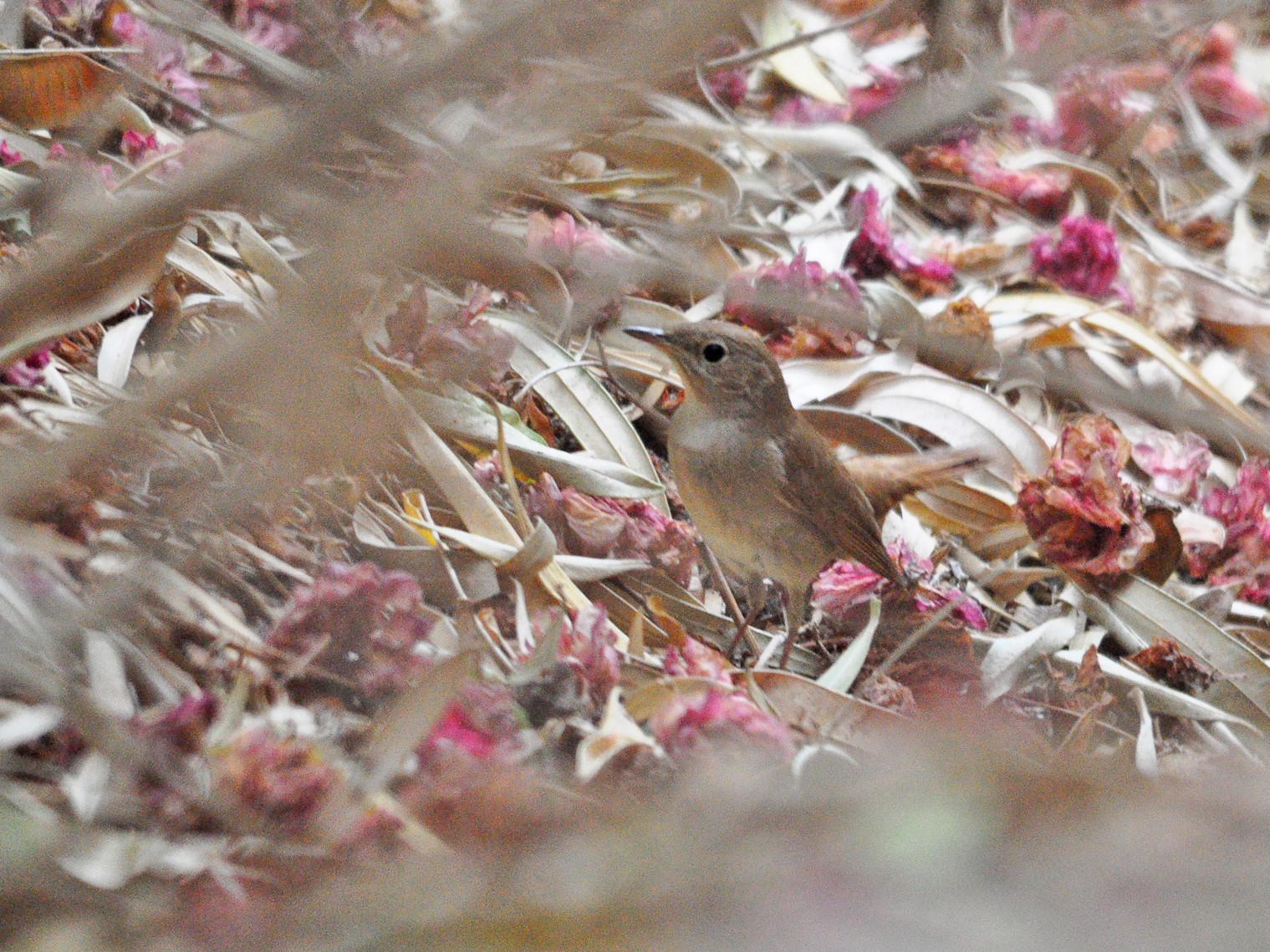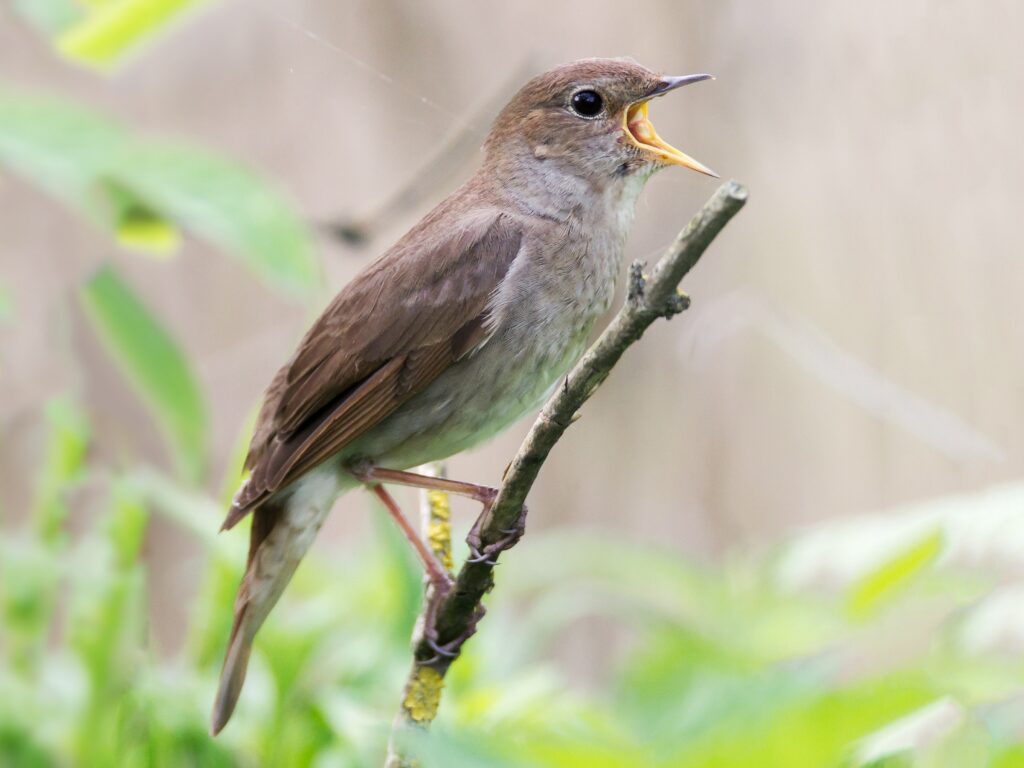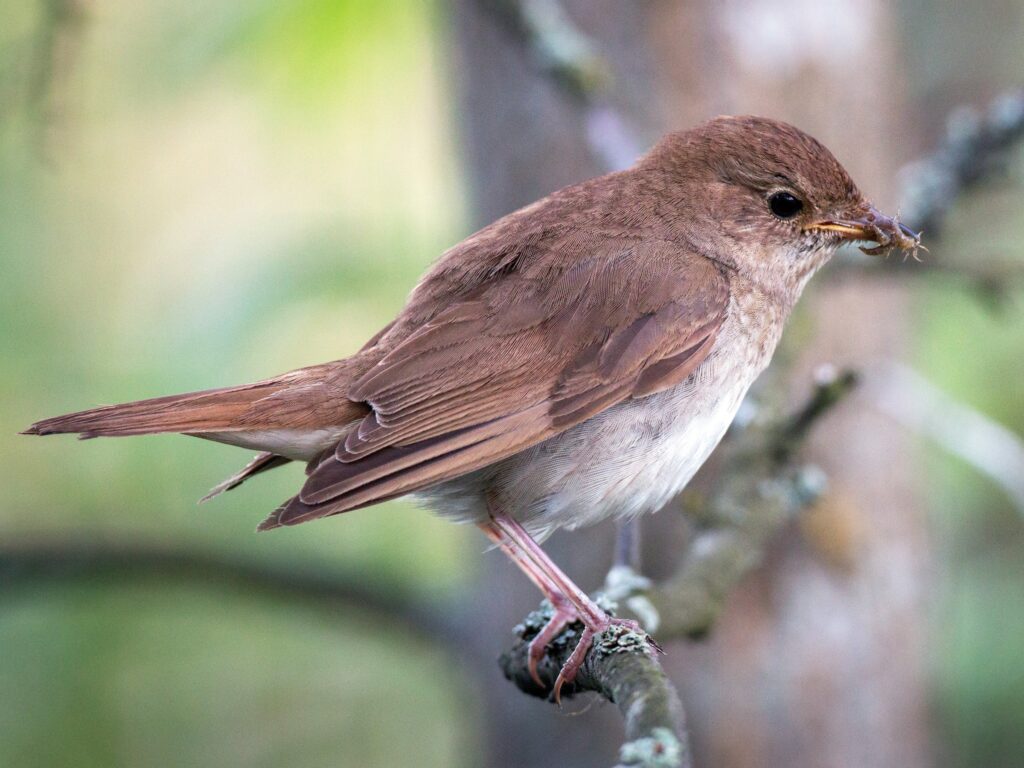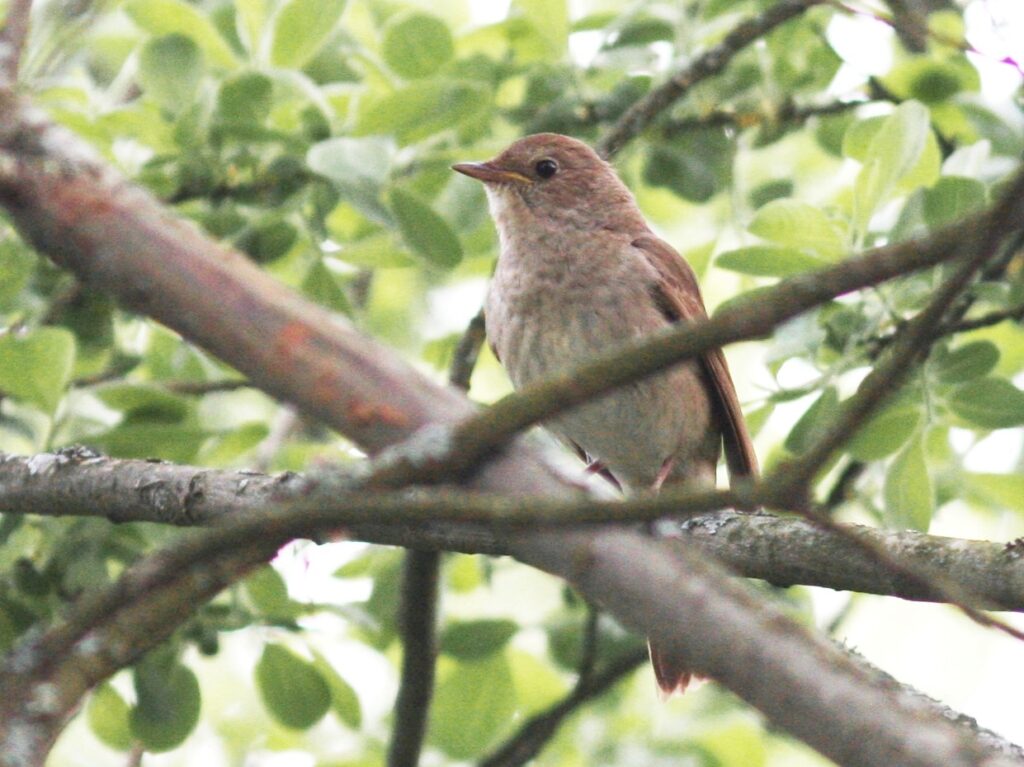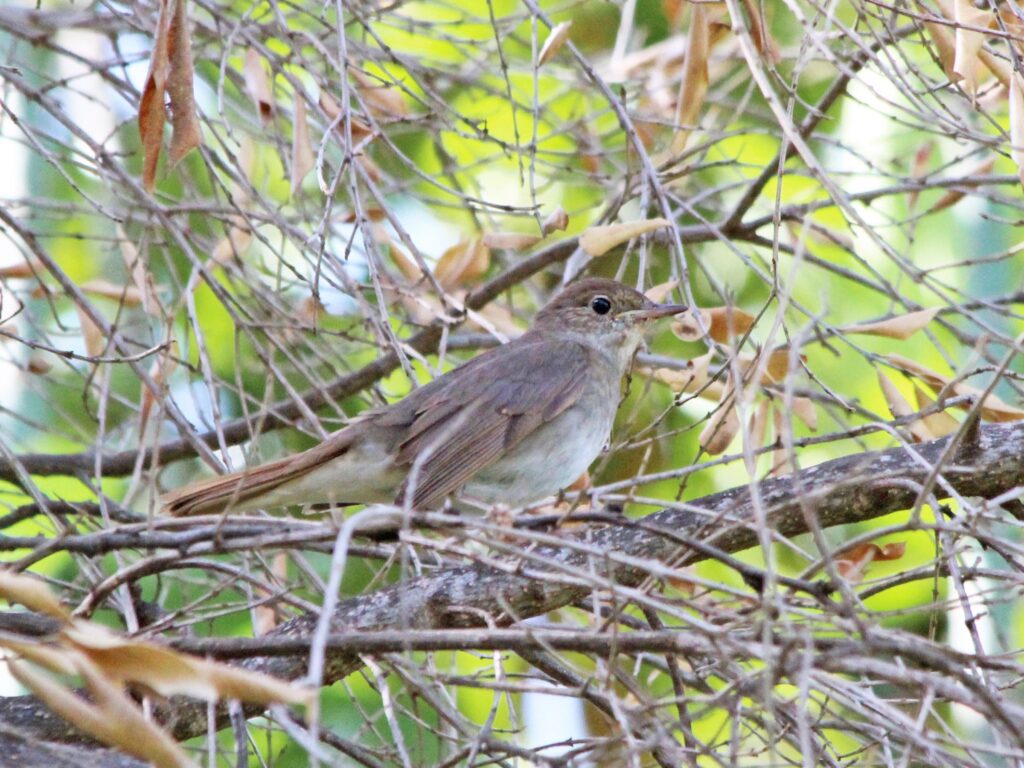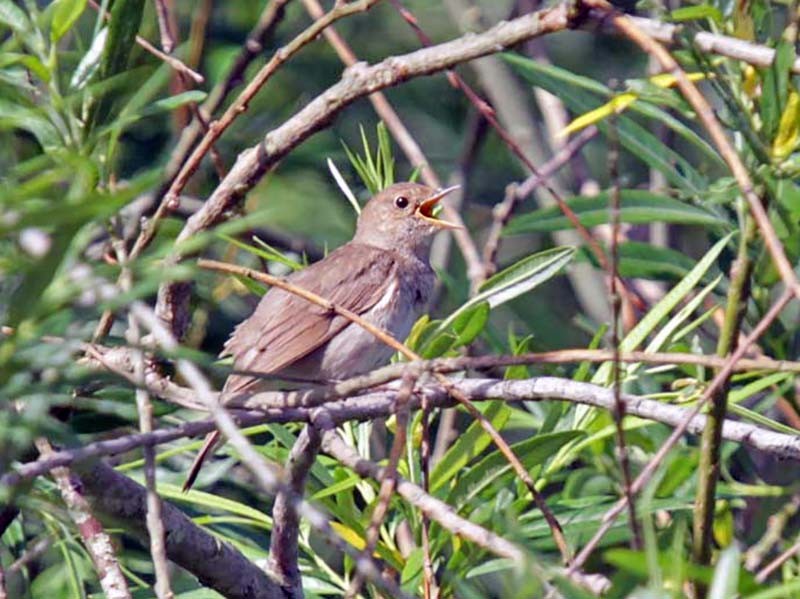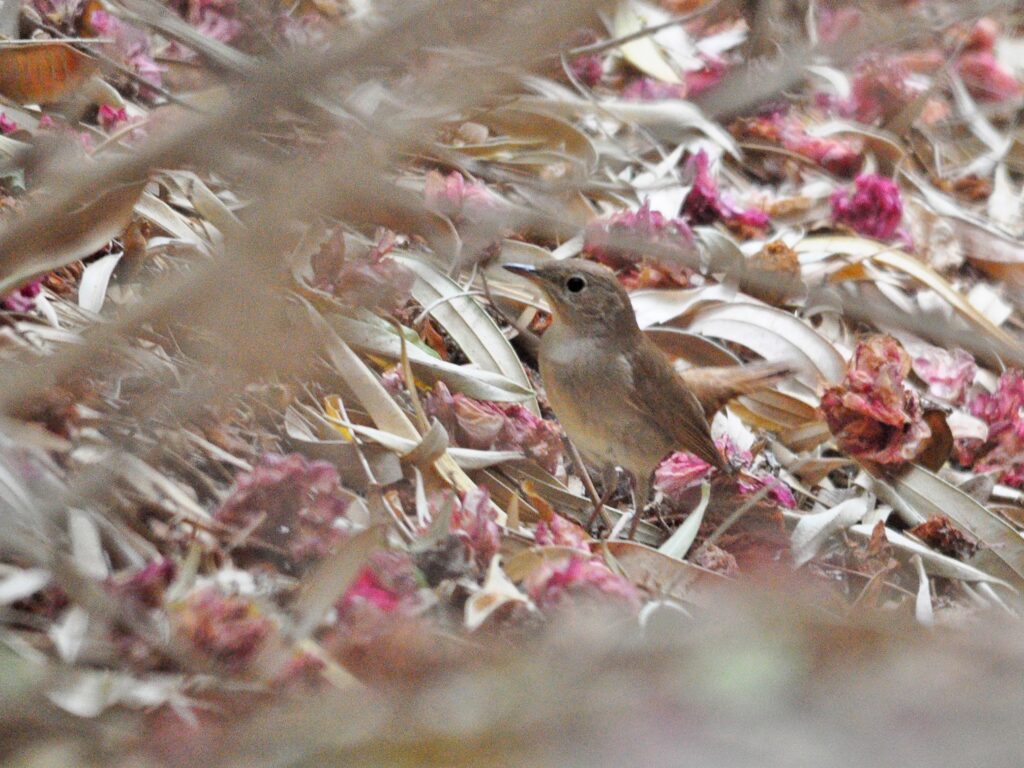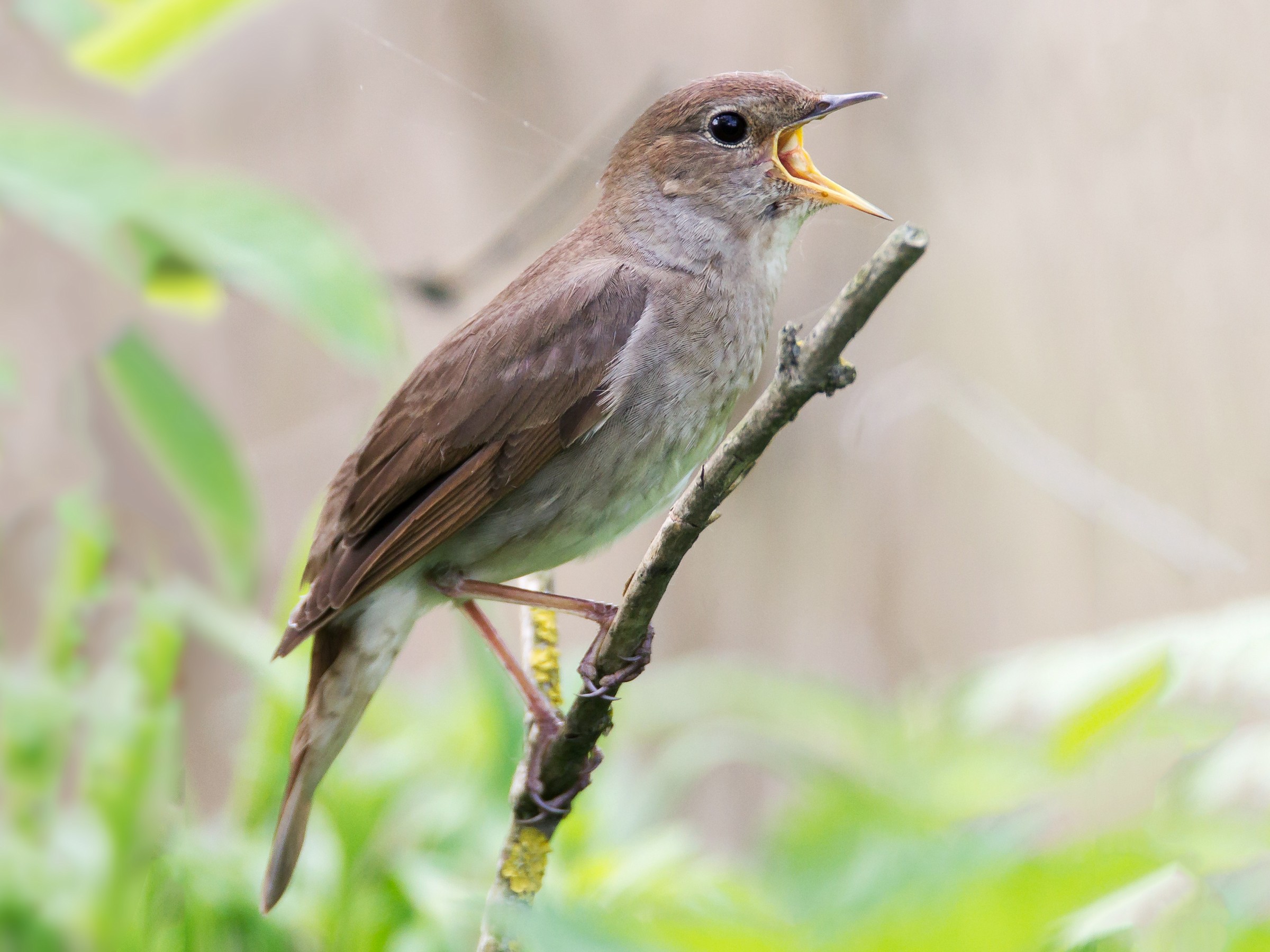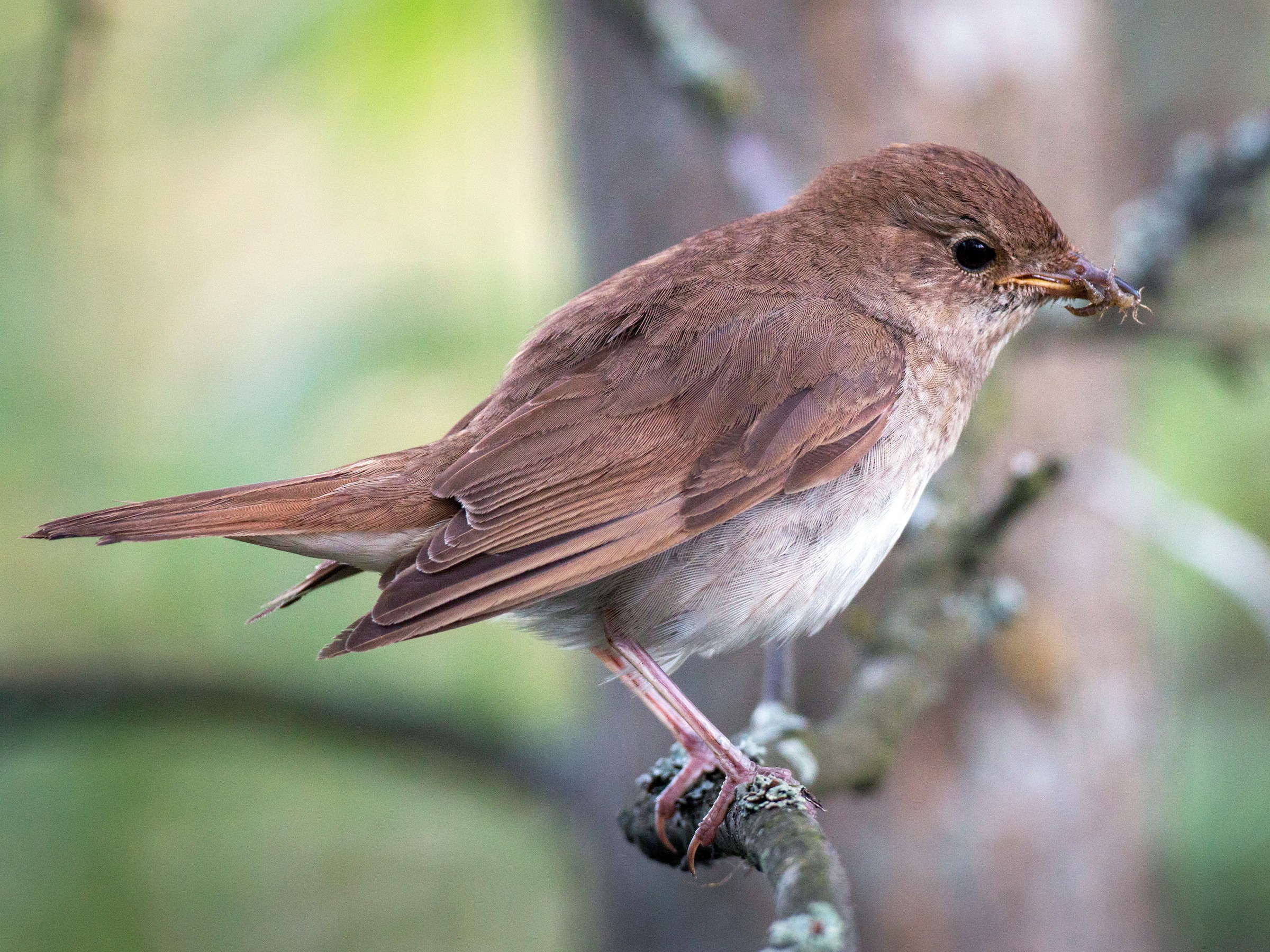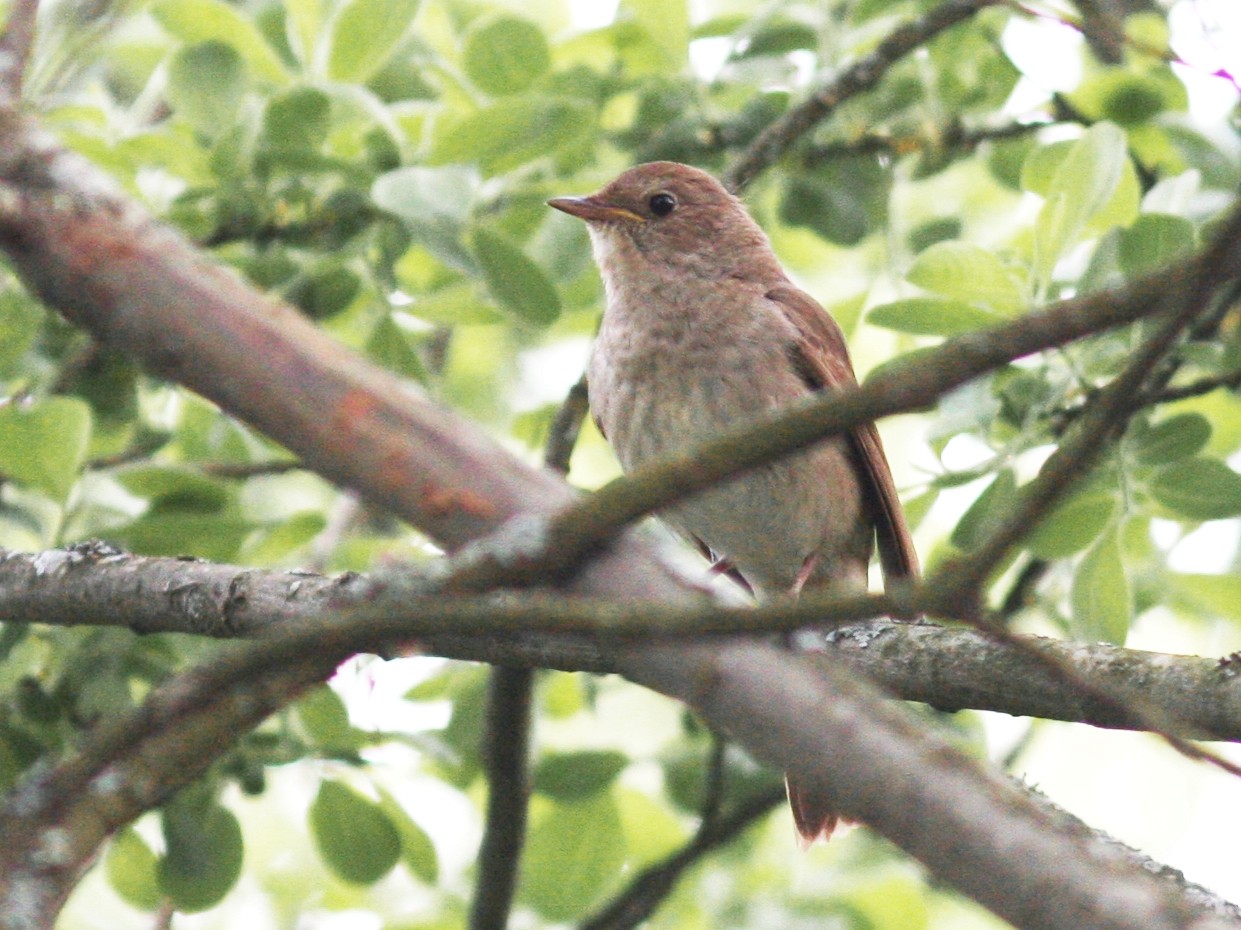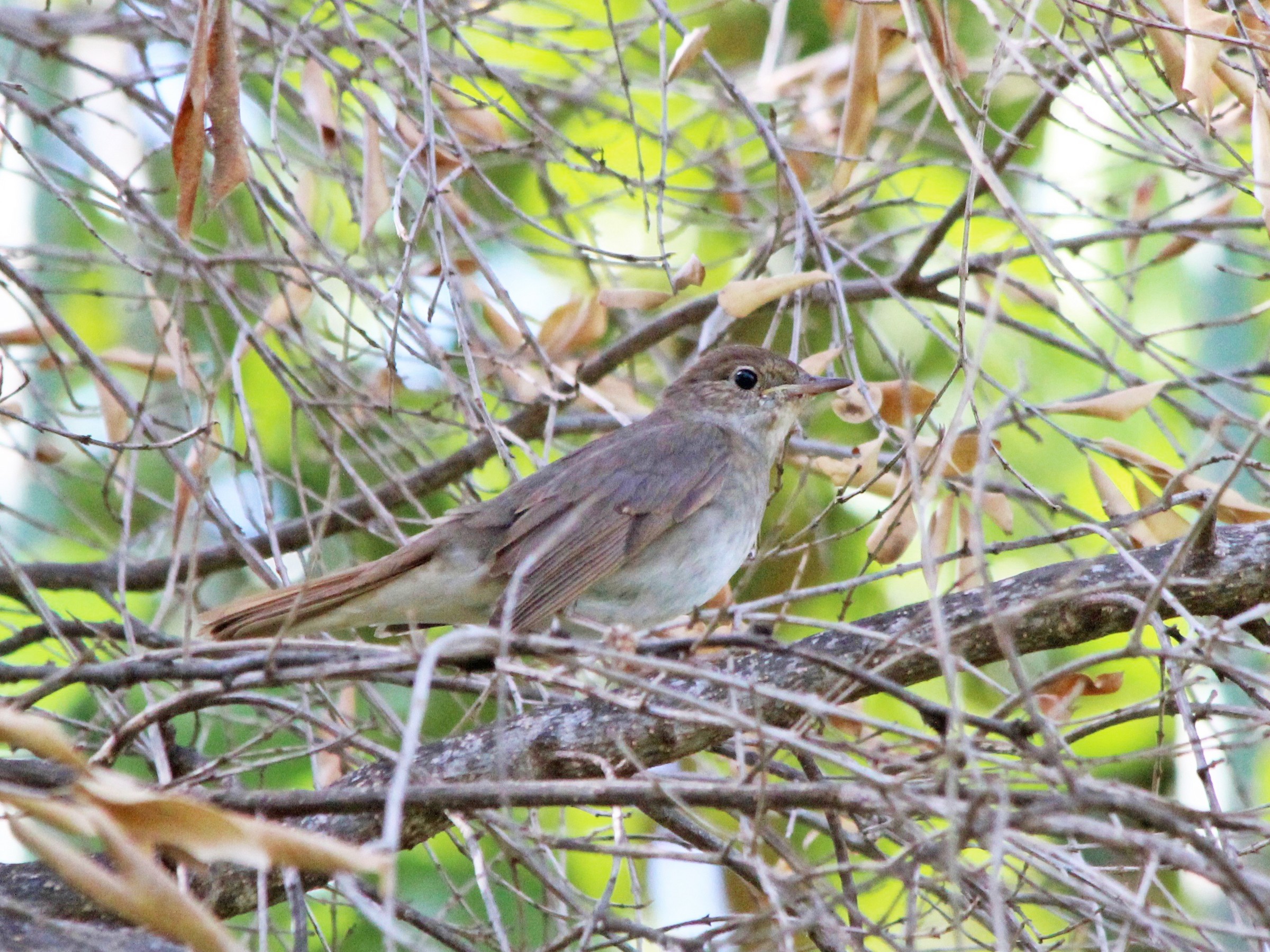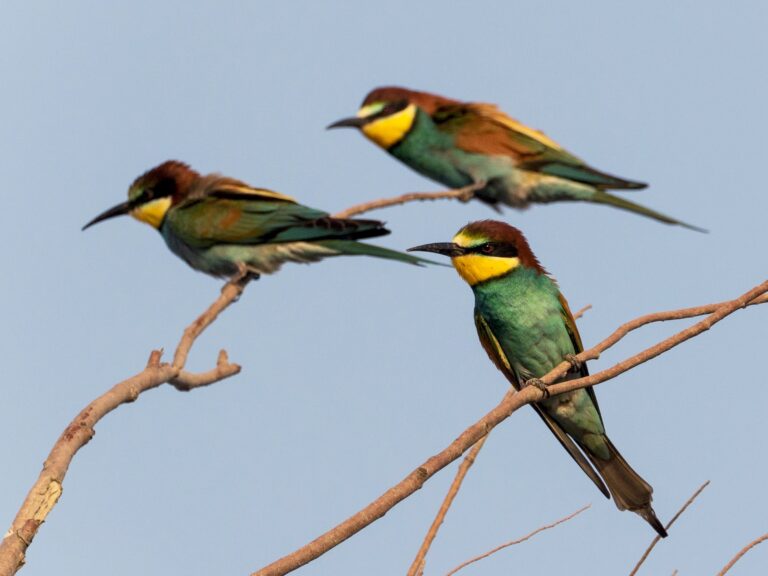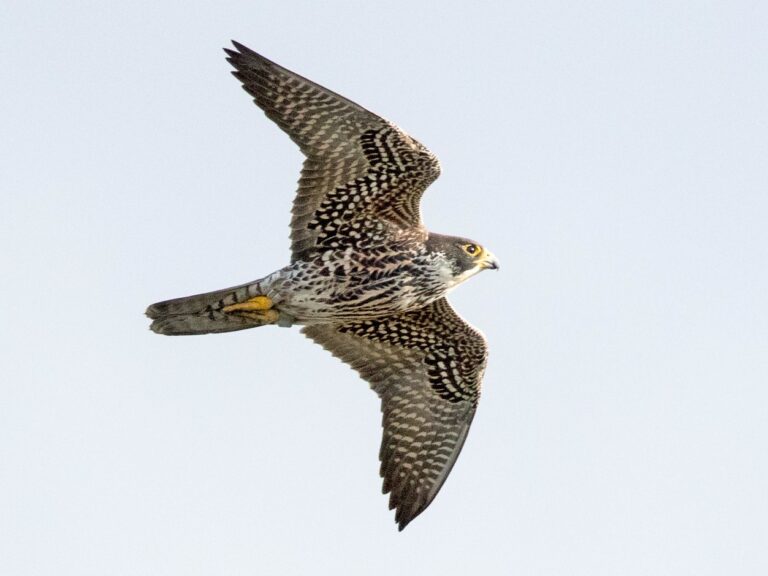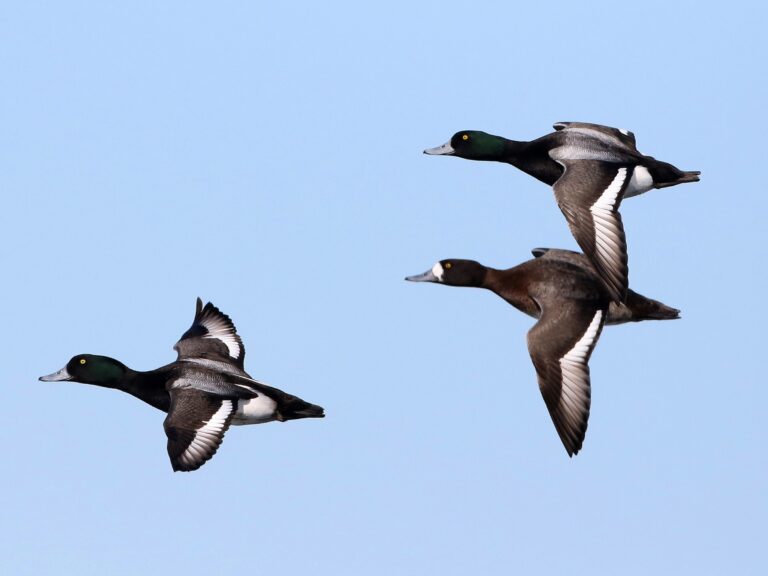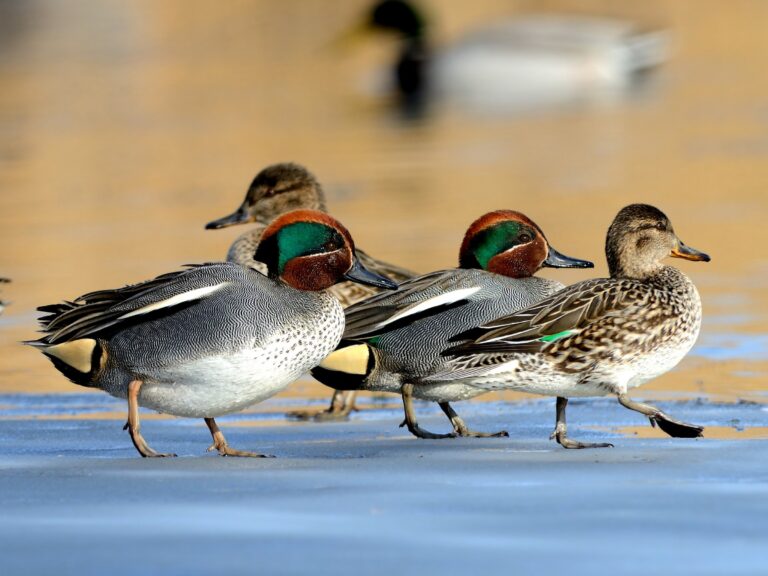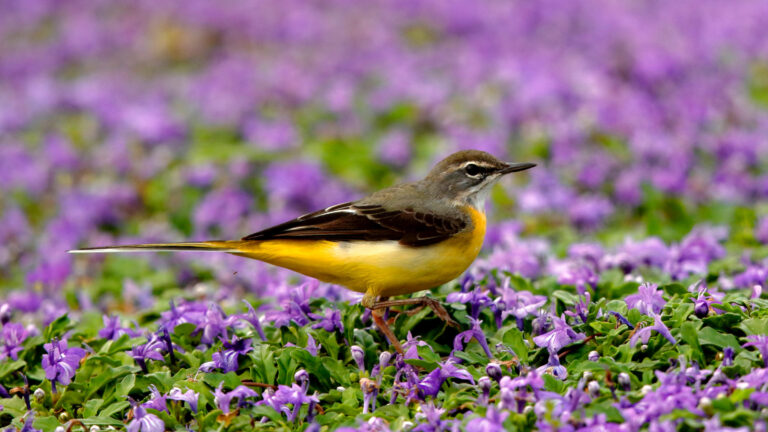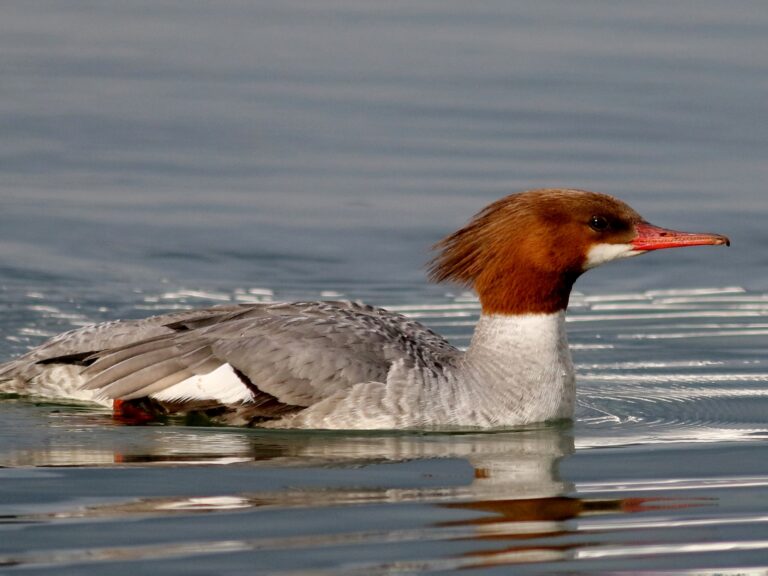Thrush Nightingale: The Enigmatic Songbird of Eastern Europe
The Thrush Nightingale, scientifically known as Luscinia luscinia, is a fascinating bird known for its beautiful and complex vocalizations. This species is a popular subject among birdwatchers and nature lovers due to its enchanting songs and migratory patterns. With a characteristic rich brown plumage and melodious voice, the Thrush Nightingale stands out in various habitats across Europe and Asia.
These small birds are not only remarkable for their singing abilities but also for their adaptability in different environments. Thrush Nightingales can often be found in dense foliage and thickets, where they skillfully search for insects and berries to sustain themselves. Their migratory behavior is equally compelling, as they travel long distances between breeding and wintering grounds, showcasing their resilience and strong instinct to survive.
Bird enthusiasts often seek to hear the Thrush Nightingale’s song during migration seasons, adding an extra layer of excitement to their outings. Those intrigued by the natural world will appreciate the depth of meaning behind its calls and the role it plays in the ecosystem.
Key Takeaways
- The Thrush Nightingale is known for its beautiful and complex vocalizations.
- This bird thrives in various habitats, foraging primarily on insects and berries.
- It migrates long distances between breeding and wintering grounds.
Taxonomy and Classification
The Thrush Nightingale belongs to a well-defined taxonomic structure within the bird family. Understanding its classification provides insight into its relationship with other bird species, especially with regards to vocalization and behavior.
Family and Genus
The Thrush Nightingale is part of the family Muscicapidae, commonly known as Old World Flycatchers. Its scientific name is Luscinia luscinia. This genus includes several species known for their melodious songs. The Thrush Nightingale is often compared to the Common Nightingale (Luscinia megarhynchos), which belongs to the same family but is a distinct species. Both share similar habitats and are known for their impressive vocal abilities, making them popular among bird enthusiasts.
Species Comparison
When comparing the Thrush Nightingale and the Common Nightingale, notable differences become evident. The Thrush Nightingale features a more robust body and a darker, richer plumage. In contrast, the Common Nightingale is slightly smaller with a more uniform brown color.
Both species are celebrated for their complex and beautiful vocalizations. The Thrush Nightingale’s song is recognized for its varied phrases and emotional depth, often described as richer than that of the Common Nightingale. These vocal traits are crucial for mating and territory establishment. Observers often note that the Thrush Nightingale sings more frequently in dense vegetation, enhancing its melodic presence in its habitat.
Physical Description
The Thrush Nightingale is a small passerine bird known for its distinctive appearance and vocalizations. Its plumage and size set it apart from similar species like the Goldfinch. Key features help identify this bird in its natural habitat.
Plumage Differences
The Thrush Nightingale has a rich, warm brown coloration. Its upperparts are generally dark brown with a reddish tinge, while the underparts are lighter, often appearing buff or pale cream. This coloration provides effective camouflage in the underbrush.
In comparison to the Goldfinch, which has bright yellow and black plumage, the Thrush Nightingale’s colors are more subdued. Its wings are slightly darker than the rest of its body, marked with faint streaks. The tail is long and often held in a slight upward position, enhancing its elegance.
Size and Morphology
The Thrush Nightingale is a relatively small bird, usually measuring about 15–16.5 cm in length. It has a wingspan of approximately 23–27 cm, making it compact yet agile. Its body is robust with a short neck and a strong bill, adapted for its omnivorous diet.
The bird’s legs are slender, allowing for quick movements through dense vegetation. Its vocalizations are one of its most notable features, characterized by melodious and varied songs. The male’s song is particularly rich during the breeding season, often echoing through woodlands and thickets.
Habitat and Distribution
The Thrush Nightingale prefers specific habitats for breeding and wintering. It is important to understand where these birds thrive and their migratory patterns.
Breeding Range
The breeding range of the Thrush Nightingale (Luscinia luscinia) is mainly in eastern Europe and across parts of Asia. Countries like Germany, Poland, and Ukraine play a significant role in their nesting activities.
These birds typically inhabit dense, shrubby areas near water sources. They prefer tall grasses and shrubs that provide cover for nesting. In addition, they are often found in riverine habitats and moist woodlands. Their habitat needs are crucial for the protection of their nests and young.
During the breeding season, males are known for their rich, melodic vocalizations. These songs serve to attract females and establish territory. The quality of their calls often reflects their health, making vocalizations an essential element in their mating rituals.
Winter Quarters
In winter, the Thrush Nightingale migrates to Africa. Their wintering grounds are primarily in the tropical regions of West and Central Africa. Countries like Senegal and Ghana offer the warm climates they seek during migration.
During this time, they adapt to different habitat types. They can be found in thickets, scrubland, and even urban areas with sufficient vegetation.
While in Africa, they continue to use their vocalizations for communication and territory establishment among other species. The differences in habitat between breeding and wintering sites highlight their adaptability and ecological needs.
Diet and Foraging Behavior
The Thrush Nightingale has a mainly insectivorous diet, focusing on insects and other small invertebrates. Their foraging habits are essential for their breeding success and overall health.
Insectivorous Diet
The Thrush Nightingale primarily feeds on various insects, making them effective foragers. They often hunt for soft-bodied insects like caterpillars and flies. These food choices support their high-energy needs during the breeding season.
They also consume spiders and other invertebrates, which helps them gain vital nutrients. In mixed habitats, they may seek out ants and beetles found on the ground or among foliage.
Their vocalizations are crucial during foraging, as they use song to communicate with other birds. These rich and melodic calls attract mates and establish territory while also alerting others to the presence of food sources.
The Thrush Nightingale’s adaptability in feeding behavior allows it to thrive in diverse environments. By selecting areas with abundant food, they enhance their chances of success during reproduction and chick rearing.
Reproduction and Lifecycle
The reproduction of the Thrush Nightingale is a critical part of its lifecycle. This bird engages in specific breeding behaviors and lays unique eggs, which are important for the survival of the species.
Breeding Season
The breeding season for the Thrush Nightingale typically occurs from late April to early August. During this time, males are known for their rich and varied vocalizations. Their songs serve to establish territory and attract females.
Males sing from prominent perches, making their songs a key part of their courtship ritual. The songs can vary widely, showcasing the individual male’s health and vigor.
Once a female selects her mate, she builds a nest. Nests are often located in dense vegetation near water sources, providing safety for the young.
Egg Characteristics
Thrush Nightingale eggs are distinctive in appearance. They are usually smooth and glossy, ranging from pale blue to greenish in color, often speckled with darker markings.
The female typically lays 4 to 6 eggs per clutch. After laying, she incubates the eggs for about 13 to 15 days.
Once hatched, both parents are involved in feeding the chicks, which primarily include insects and other small invertebrates. This cooperation ensures that the young thrive during their early, vulnerable days.
Vocalizations and Communication
The Thrush Nightingale is known for its varied vocalizations, which play a crucial role in its communication and social behaviors. These vocal skills are important for attracting mates and defending territory.
Song and Calls
The song of the Thrush Nightingale is melodious and rich, often described as one of the most beautiful among passerine birds. Their melodic phrases can include a variety of patterns, with some notes resembling a “rattling” sound, particularly noted in their interactions with other species, like the Sprosser.
These songs change in intensity and structure depending on environmental factors, such as background noise. This adaptability makes their communication effective in different settings. Males primarily use songs during the breeding season to establish territories and attract females.
In addition to songs, Thrush Nightingales use calls for various situations, including alarm calls to warn of predators or calls to maintain contact with their mates. Their vocalizations serve not just for romantic purposes but also for indicating social dynamics within their habitats.
Frequently Asked Questions
This section addresses common questions about the thrush nightingale, its song, habitats, and cultural significance. Each aspect highlights important information about this unique bird.
What distinguishes the thrush nightingale’s song from that of the common nightingale?
The thrush nightingale’s song is different from that of the common nightingale. It has a more complex melody with a variety of notes and rhythms. While both birds are known for their beautiful songs, the thrush nightingale’s vocalizations are often more reedy and less fluent.
What habitats are preferred by thrush nightingales?
Thrush nightingales prefer dense shrubby habitats, often found in areas with undergrowth and near water sources. They are commonly located in forests, thickets, and even wetlands. These environments provide ample cover and food sources for nesting and foraging.
Can thrush nightingales be found in North America?
Thrush nightingales are not found in North America. They are native to Europe and parts of Asia. During migration, they travel to sub-Saharan Africa but do not make their way across the Atlantic.
How rare are nightingales and how are their populations distributed?
Nightingales, including thrush nightingales, are not considered rare but their populations can vary by region. In Europe, they are generally widespread, though habitat loss and changes in land use can impact their numbers. Various studies monitor these populations to assess their distribution.
What is the significance of the nightingale’s song in various cultures?
The song of the nightingale has deep cultural significance in many societies. In literature and music, it is often associated with love and longing. Poets and composers have drawn inspiration from the nightingale’s song, highlighting its beauty and emotive power throughout history.
What are the distinctive behaviors of the black-headed nightingale-thrush?
The black-headed nightingale-thrush exhibits unique behaviors that set it apart from other nightingales. It is known for its distinctive calls and songs, as well as its feeding habits. These birds often forage on the ground, using their keen eyesight to find insects and fruits.
